- Home Page
- Books
- Articles
- The Tribes
- Presentations
- Bonus Material
Ancient History Reconsidered
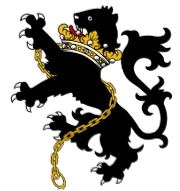

The Tribe of Gad:
Gad was the seventh of the twelve sons born to the Patriarch Jacob, born to him by his concubine Zilpah. The name Gad when transliterated into Greek or Latin became Goth, the interchange of the ‘t’ and ‘d’ in ancient languages being well-attested. It should be stressed, however, that, just as the name Celt was used to describe a number of different tribes, so the name Goth was applied indiscriminately by the classical writers to a number of associated tribes. For example, the Thyssegetae (meaning Little or Lesser Goths) were the people the earlier Greek writers called Solymi. The Solymi were Shillumi, named after Shillem (Gen. 46:24), also known as Shallum (1 Chron. 7:13), Naphtali’s fourth son.
Gad’s sons were Zephon, Haggi, Shuni, Ozni, Eri, Arod and Areli. (Num. 26:15-17)
Haggi became the Germanic tribe known as Chauci, a people who seem to have later emerged as Huguenots, a group who settled in France, but were later dispersed, ending up in such places as England, Wales, Scotland, Denmark, Sweden, Switzerland, South Africa etc.
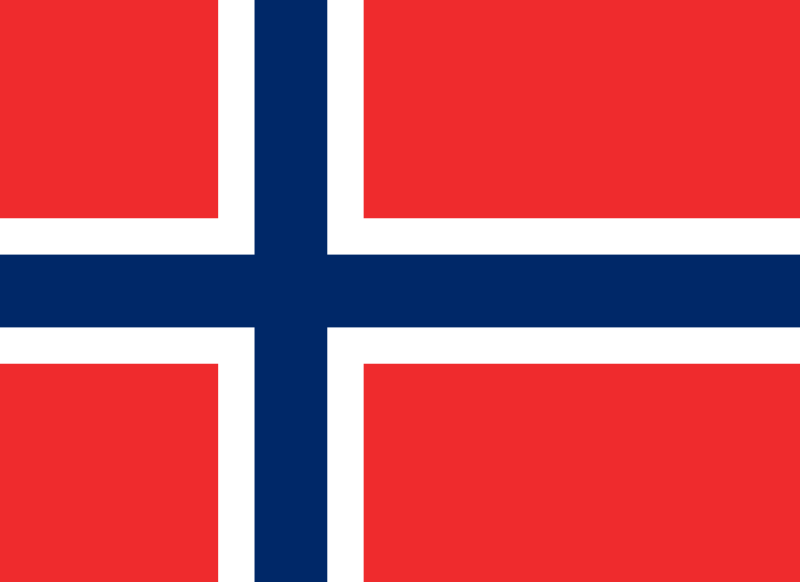
|
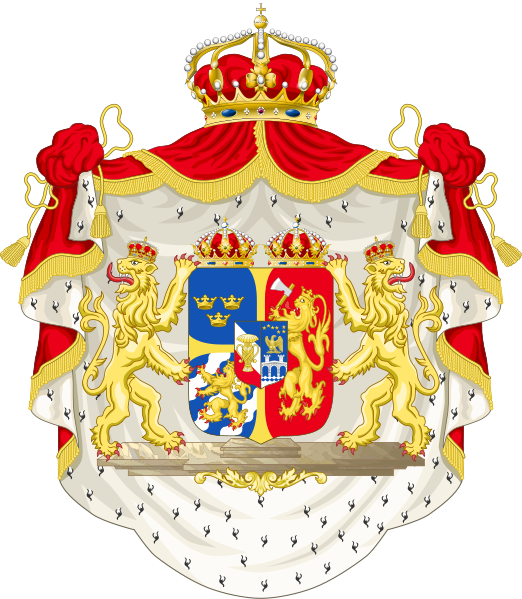
|
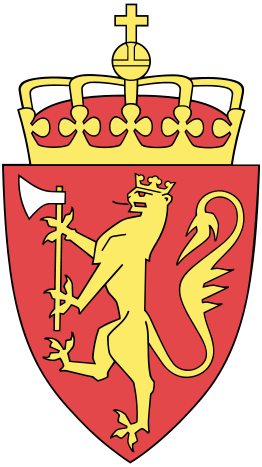
|
|
Left: Flag of Norway. |
||
Shuni became the Senones, a people who seem to have settled in France.
Arod gave his name to the region in Syria known as Aradus and the island of Rhodes, though it should be stressed that they no longer occupy those regions. Arod became the legendary figure called Eurotas by The Greeks. (See The Forgotten Tribe of Naphtali & the Phoenicians for further information.) This family can be traced to the Redones (also called Reudigni) of Brittany and Northern France, a people who are mentioned by Ptolemy as dwelling in his day (middle of the second century ce) alongside the Senones.1
The first Hebrew character of the name Eri is the gutteral letter ע ayyin, which means that the name transliterated as Eri in the Authorised Version will have been pronounced Geri. The family who were named after Eri seem to have became the Granii who settled in Grenland in southern Norway,2 whilst his brother Areli seems to have given his name to a Scandinavian people called Heruli who in 267 ce, together with the Goths, sacked and razed Byzantium, Sparta and Athens.3 The Latin writer Procopius tells us that their royal residence was on the ‘island’ of Thule.4 It is believed that this ‘island’ of Thule referred to by the classical writers was the isthmus nowadays known as Norway and Sweden, “an identification supported by modern calculations”.5
Gad’s Stone
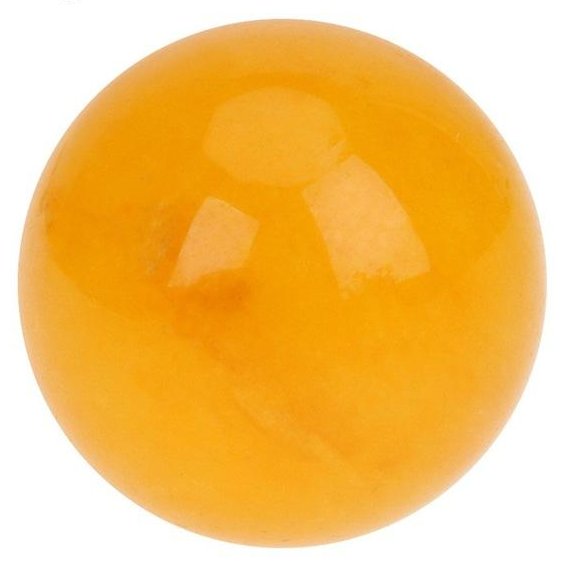
|
|
Yellow Agate. |
Each of the stones on the breastplate, which was worn by the High Priest, represented one of the twelve tribes. The Midrash informs us that the tribe of Gad came before that of Naphtali, and my research supports that understanding. The stone which represented the tribe of Gad is therefore called שְׁבוֹ sh’vo, a word which is usually translated as agate. (Exod. 28:19 & 39:12) As usual, there is no concensus on what colour Gad’s stone was. The Midrash says it was “a mixture of black and white”, which has been interpreted as meaning ‘grey’, whilst the compilers of the Jewish Encyclopedia, who seem to have confused this stone with the next one, argues that it was turquoise or sky blue,6 which seems extremely unlikely. The book of Revelation, on the other hand, would have us believe that the stone was a beryl, but I can find nothing to substantiate this. The beryl can be red, green, yellow or gold, so this statement is not very helpful.
For some reason, Rabbi Ginzberg does not mention the tribe of Gad when discussing the flags, but informs us that Gad’s stone was a crystal,7 which is again not very helpful.
The AV has an agate for Gad’s stone, which comes in a wide range of colours including brown, white, red, grey, pink, black and yellow, but there is nothing which can with any certainty be tied to the tribe of Gad. Despite knowing where some of the families of Gad have ended up, it is not possible to identify any particular flag or coat of arms specifically belonging to this tribe. It is possible (though not certain) that the yellow stripes on the Aragonian flag represents this tribe (see the separate entry for Naphtali ), in which case, all of the commentators are wrong and the stone is the yellow agate.
| 1. | Ptolemy, Geography Book 2, Chap. 7 or Chap. 8 in some copies. [Return] |
| 2. | http://en.wikipedia.org/wiki/Grenland. Pliny (Natural History iii.11 (104)) mentions a tribe of “Teani, so called from their chief of Graian descent”. This chief will most likely have been a descendant of Eri son of Gad. [Return] |
| 3. | http://en.wikipedia.org/wiki/Heruli. [Return] |
| 4. | Procopius, The Gothic Wars, Book 5, Chap. 14. [Return] |
| 5. | http://en.wikipedia.org/wiki/Thule. [Return] |
| 6. | Jewish Encyclopedia Vol. 5, entry under ‘Gems’ on p.595, Isidore Singer et al, New York 1900. [Return] |
| 7. | The Legends of the Jews Vol. 3 (From the Exodus to the Death of Moses), p.171 – The Stones in the Breastplate, Rabbi Louis Ginzberg, Philadelphia 1911. [Return] |
Dated 8 Dec 2013.
©AHR Researches.